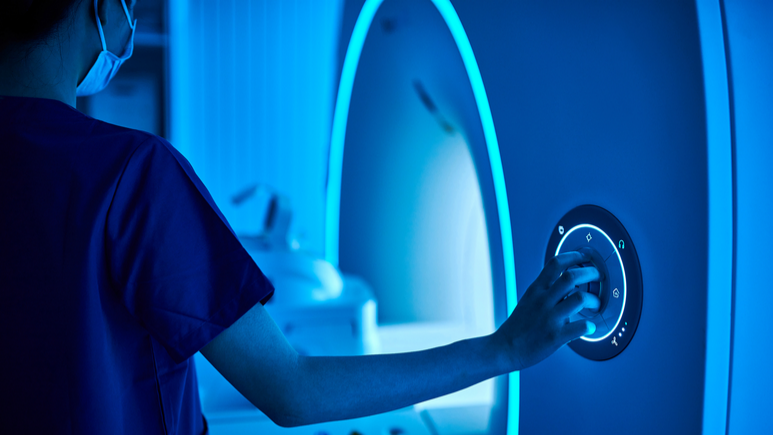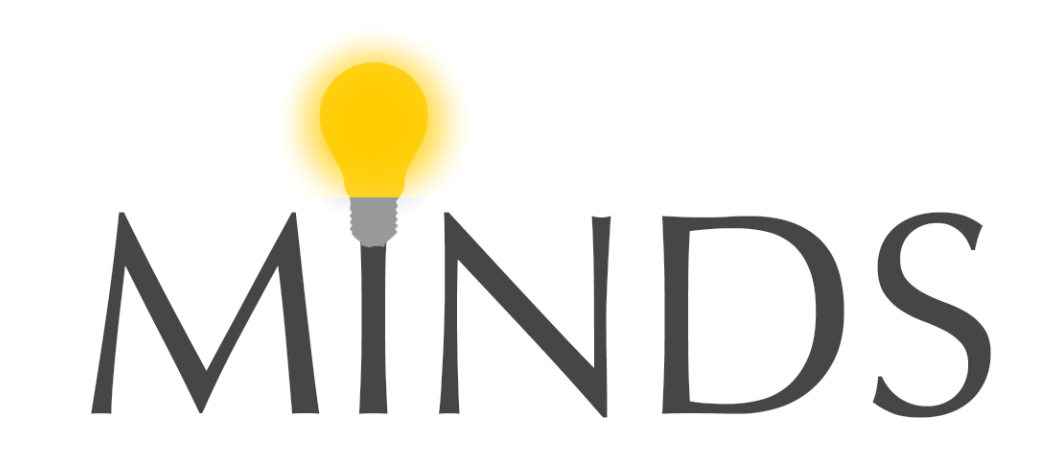
A study published last month in the New England Journal of Medicine reveals a statistically significant increase in hematologic malignancy for children exposed to ionizing radiation, which is most often from CT scans. Children who were exposed to a low dose of 1-5 mGy (milligray) had a 41% higher risk of a malignant tumor. Children exposed to 15-20 mGy had an 82% higher risk, while those exposed to 50-100 had a 259% higher risk of malignant tumors.
The authors said that up to 10% of hematologic malignancies in children could be prevented by limiting the amount of ionizing radiation that comes from unnecessary imaging. Possible alternatives include ultrasound or MRI, which utilize non-ionizing radiation.
A study published in 2018 revealed a wide range of doses are administered to children receiving a CT head scan, ranging from 22-47 with a mean of 33. This number falls between the 82% increased risk (15-20 mGy) and the 259% increased risk (50-100) and represents only a single scan.
An NIH study published earlier this year suggested CT scans may account for 5% of all cancers annually. Ninety-three million CT scans were conducted in 2023, and 103,000 cancers are expected to develop as a result of those scans. The United States is among the nations with the highest number of scans per capita across the world.
“Given the large volume of CT use in the United States, many cancers could occur in the future if current practices don’t change,” said Co-author Rebecca Smith-Bindman. “Our estimates put CT on par with other significant risk factors, such as alcohol consumption and excess body weight. Reducing the number of scans and reducing doses per scan would save lives.”
Malini Mahendra, MD, co-author on the NIH study, said many patients are not receiving proper informed consent regarding the risks associated with CT scans. “Few patients and their families are counseled about the risk associated with CT examinations,” she said. “We hope our study’s findings will help clinicians better quantify and communicate these cancer risks, allowing for more informed conversations when weighing the benefits and risks of CT exams.”
The latest study is not specific to CT scans, but all forms of radiation exposure from medical imaging. The authors of the New England Journal of Medicine Study wrote “Extensive evidence demonstrates a dose-response relation between radiation exposure and cancer risk,” while adding that CT scans are the leading source of radiation exposure due to their frequency of use and relatively high doses of radiation exposure per scan.
The authors also reference a European study that found children who receive two or three CT scans have a 50% increased risk of hematologic malignancies compared to children who receive just one CT scan.
A 2024 study published in the European Journal of Radiology asked radiologists and emergency physicians to answer on a 5-point Likert scale whether they think medical imaging is overused in the emergency department. Sixty-six radiologists and 425 emergency physicians gave an average Likert score of 4, indicating they agree that medical imaging is overused.
The authors of this study note a wide variety of factors that cause medical imaging to be overused, but the most common causes were fear of malpractice, less experienced staff, and easy access to imaging. Emergency physicians said pressure from patients to conduct these scans is a factor, and radiologists have said time constraints play a role in the overuse of medical imaging technology.
The debate about the risk/benefit ratio for medical imaging, and specifically CT scans, has been happening since the technology’s use was adopted in the 1970s. Studies from 2007 and 2009 estimated that up to 2% of future cancers would be caused by the use of CT scans. In 2011, an Institute of Medicine report concluded that radiation exposure and post-menopausal hormone use were associated with breast cancer.
A 2012 article published in Environmental Health Perspectives calls for the optimization of CT scan dosage to ensure the patient receives the lowest possible dose and that CT scans are only conducted when medically necessary. Despite these concerns and suggestions, the number of CT scans performed each year has increased by nearly 50% between 2006 and 2023, with 30 million more scans performed annually in the United States.
The American Academy of Pediatrics (AAP) published an article in 2003 calling for “judicious use” of CT scans for children because the procedure increases cancer risk by a “small, but significant amount.”
The debate continues to this day as a paper challenging Smith-Bindman’s study was published in July 2025 in the Journal of Applied Clinical Medical Physics. The authors say that Smith-Bindman assumes the patients receiving a CT scan have the same lifetime risk of cancer as a healthy person. The lead author, Cynthia McCollough, has been the director of the CT Clinical Innovation Center at the Mayo Clinic for more than two decades. The paper critiquing Smith-Bindman’s study contains a conflict of interest statement that McCollough is the recipient of a research grant from Siemens Healthineers, which is one of the leading manufacturers of CT scanning machines.
The authors of various studies implicating CT scans and other medical imaging technology in the development of cancer call for responsible use of the technology by reducing the radiation dose and only conducting the scan when medically necessary.
Higher dose scans provide higher quality images, which can improve diagnostic accuracy. 6.1 CT scans were conducted per 1,000 people in 1970 in the United States. That number rose to 48 scans per 1,000 in the mid-90s and has since increased to 248 in 2023. Among the patients who have received a CT scan, 33% have had more than five scans in their lifetime, while 5% have received more than 22 scans.








